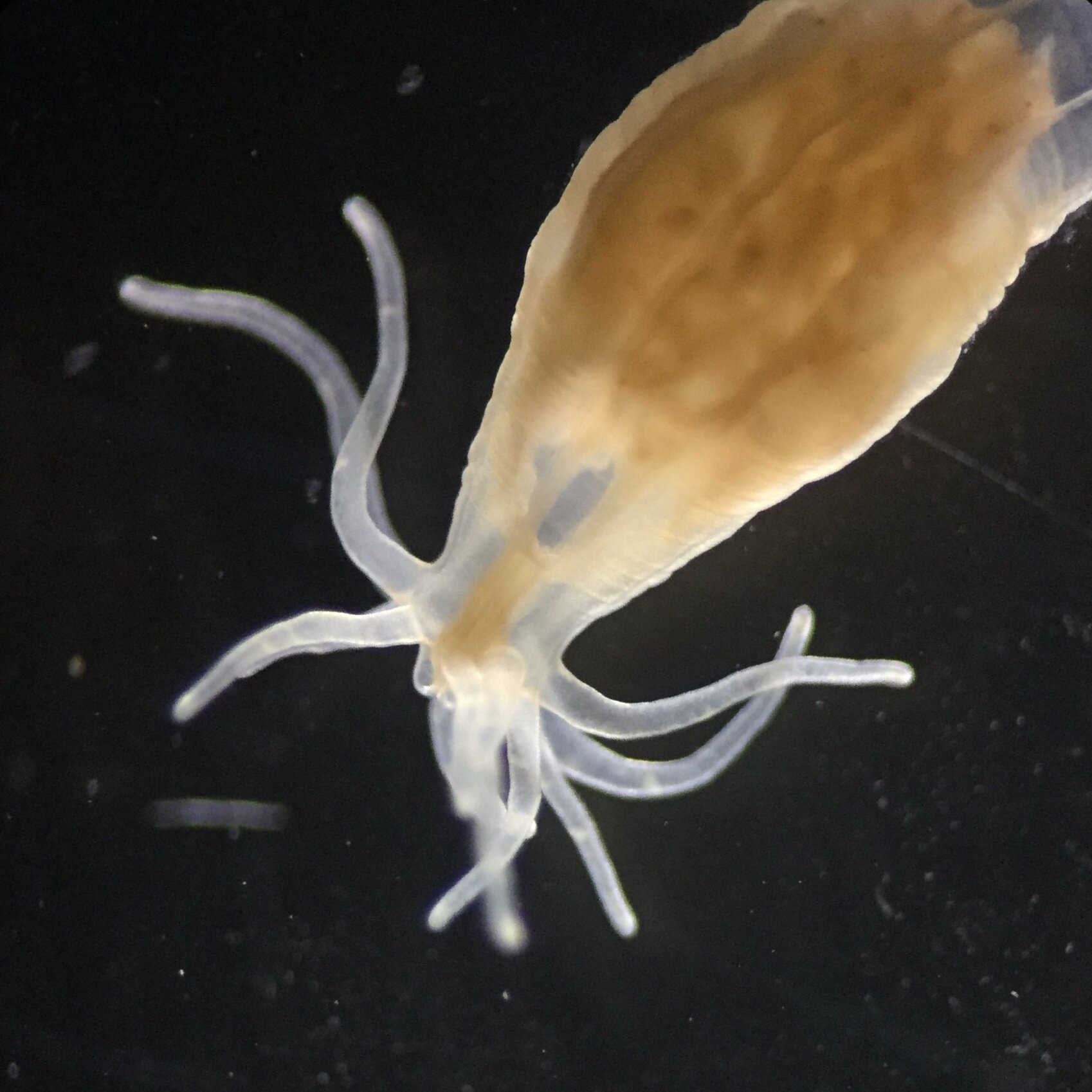RESEARCH OVERVIEW
How Does Change Happen?
Mechanisms for plasticity
Animals often activate environmental signaling pathways as a means to remodel tissues in response to stress. Many of these pathways involve the proteins that act both as hormone receptor and transcriptional regulator: the nuclear receptors. Environmental cues are correlated with changes in local gene expression, but it has been difficult to identify the mechanistic links that integrate environmental signals with physiological responses. Our work uses CRISPR transgenics, high-throughput drug-screening techniques and interaction proteomics to link environmentally-driven changes in nuclear receptor activities with their downstream effects on cellular- and whole-animal physiology.
What Does Change Cost?
COSTS of plasticity
What are the costs of plasticity in the presence of multiple stressors? What are the costs of plasticity particularly when that plasticity goes unused (i.e., maintenance costs)? We use invertebrate models to quantify individual differences in the capacity for plasticity at different stages of development. By comparing genotypes spanning a wide range of plasticity scores, we are beginning to unravel the various tradeoffs associated with the plastic phenotype.
How do Stressors Interact?
Multiple Stressors
Our work focuses on anthropogenic stressors that include temperature stress, salinity stress, hypoxia, and pollution. Many aquatic pollutants target endocrine systems in fish populations that are already threatened by other aspects of climate change. We’re interested in how these stressors interact to influence animal physiology, behaviour and fitness. Fisheries and aquaculture contribute more than $3.9 billion to the Canadian economy annually, and this work investigates a real and impending threat to these industries.

